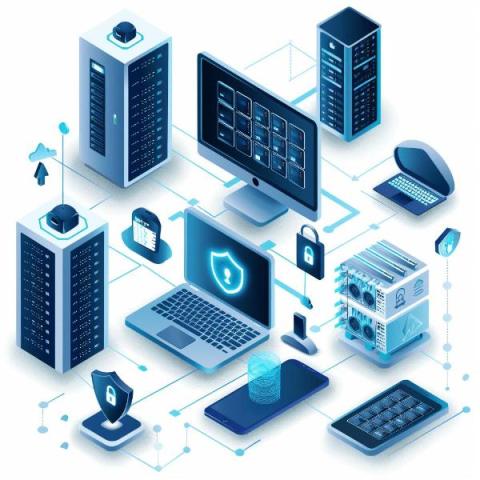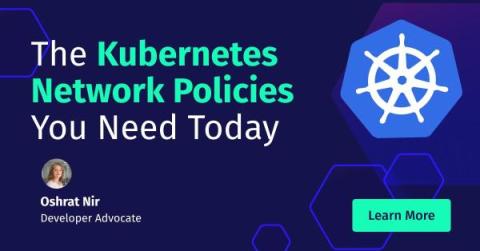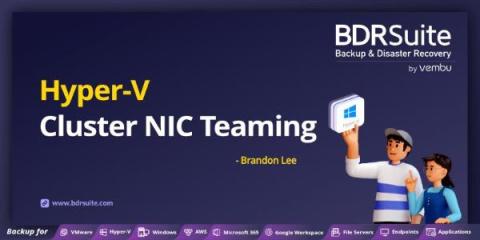Netskope One & The Zero Trust Engine
The Netskope Zero Trust Engine is at the center of the Netskope One platform, which ensures continuous adaptive trust-based policy controls extend effortlessly and consistently across Secure Web Gateway (SWG), Cloud Access Security Broker (CASB), Zero Trust Network Access (ZTNA), Cloud Firewall (FWaaS), and Software Defined WAN (SD-WAN) services, leaving no security gaps and delivering an exceptional user experience.











